Oil & Wax Finish: need help on the wax part!
kathrine
18 years ago
Related Stories
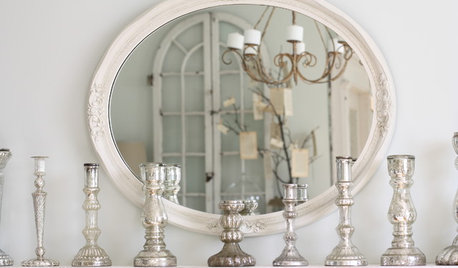
HOUSEKEEPINGThe Simple Way to Remove Wax From Candlesticks
Before you make a mess of things, read these easy steps for removing melted wax from your candlesticks
Full Story
TRANSITIONAL HOMESHouzz Tour: Part Traditional, Part Modern and All Family Friendly
With clean lines, vintage touches and durable surfaces everywhere, this Los Angeles home balances tastes and needs beautifully
Full Story
BATHROOM DESIGNHigh-End and Rustic Finishes Make for a Relaxing Bath
Marble, lime wax and plaster give these Connecticut homeowners the luxurious look and feel they want
Full Story
LIFEConsider Avoiding These Plants to Help Keep Your Garden Fire-Safe
Plants that accumulate dead material, are high in oil or have low moisture content in leaves put some homes at risk
Full Story
COLORPick-a-Paint Help: How to Quit Procrastinating on Color Choice
If you're up to your ears in paint chips but no further to pinning down a hue, our new 3-part series is for you
Full Story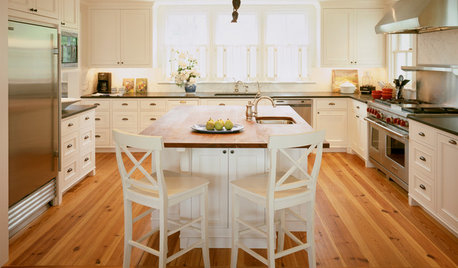
KITCHEN DESIGN3 Steps to Choosing Kitchen Finishes Wisely
Lost your way in the field of options for countertop and cabinet finishes? This advice will put your kitchen renovation back on track
Full Story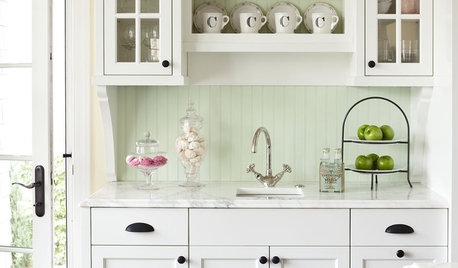
KITCHEN DESIGNHow to Mix Metal Finishes in the Kitchen
Leave matchy-matchy to the catalogs and let your kitchen's personality shine with a mix of metals for hardware and fixtures
Full Story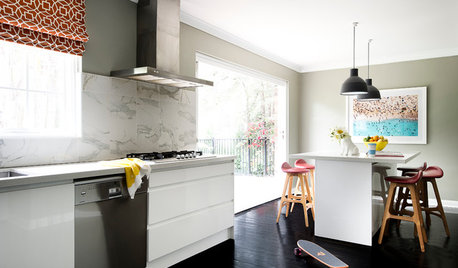
FLOORS11 Distinctive Finishes for Original Floorboards
Whether you go for glossy, painted or matte boards, make your wood floor the star
Full Story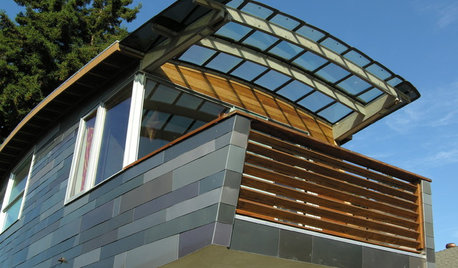
HOME INNOVATIONSHouzz Tour: Meet a Home Made With Minivan Parts
Sawn-off car roofs for the siding, windows popped out of van doors ... this California home is as resourceful as it is beautiful
Full Story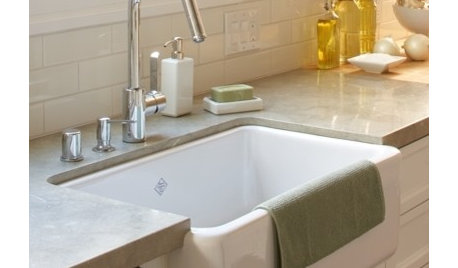
CONTRACTOR TIPSContractor Tips: Countertop Installation from Start to Finish
From counter templates to ongoing care, a professional contractor shares what you need to know
Full StoryMore Discussions








sombreuil_mongrel
corgilvr
Related Professionals
Highland Village Cabinets & Cabinetry · University Park Cabinets & Cabinetry · Franklin Park Carpenters · American Canyon Flooring Contractors · Cleveland Flooring Contractors · Inver Grove Heights Flooring Contractors · Mashpee Flooring Contractors · Miami Flooring Contractors · Pasadena Flooring Contractors · Reading Flooring Contractors · Shaker Heights Flooring Contractors · The Crossings Flooring Contractors · West Bend Flooring Contractors · Willoughby Flooring Contractors · Chambersburg Furniture & Accessorieslindac
kathrineOriginal Author
corgilvr
Woodworks by Garry
kathrineOriginal Author
marys1000
kathrineOriginal Author
marcspag
corgilvr
marcspag
w5aat2_yahoo_com
bobismyuncle
bobismyuncle
sombreuil_mongrel